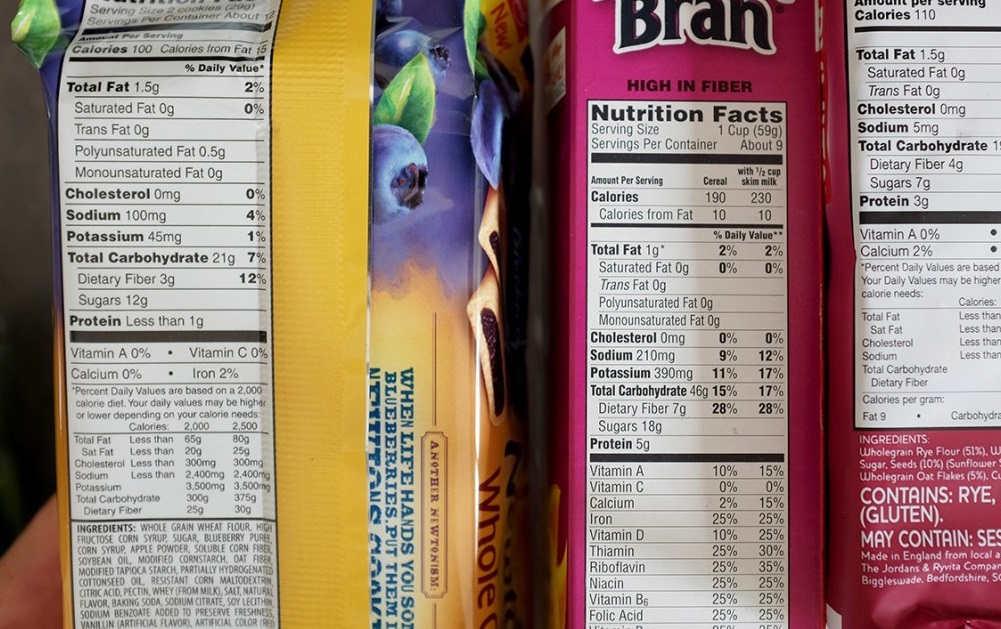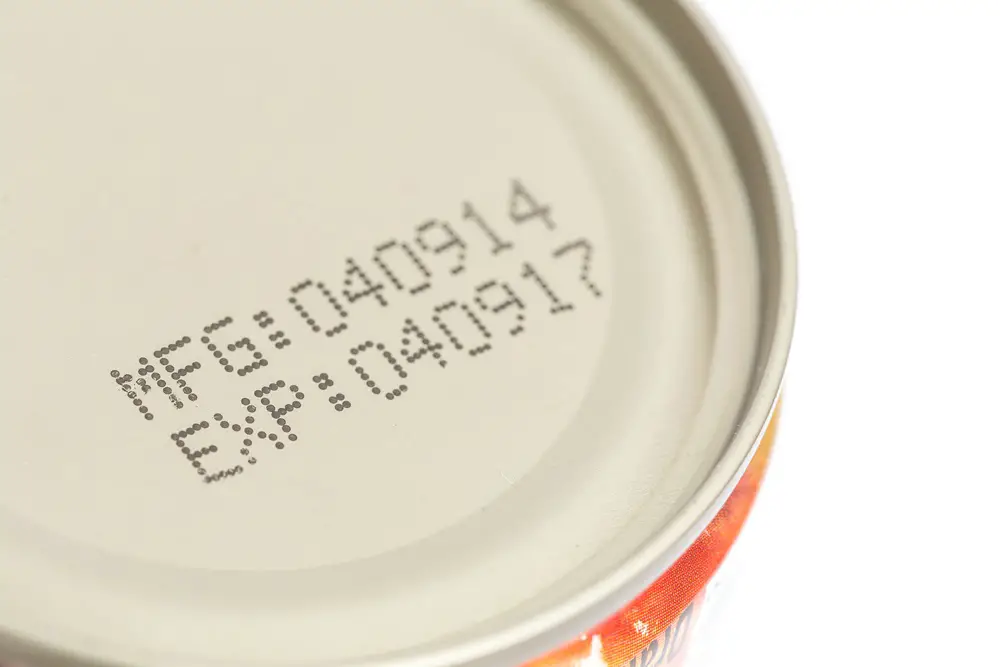
6 Common Labels on Food Products and How to Read Them
Every packaged food item comes with a food label, giving different information about the food. Common food labels provide information on what you need to know about that food item. It is important to scan through the food labels on food products to equip yourself with what makes up the food. Furthermore, you could also learn about the production date and whether the food is certified or not.
Common Label on Food Products
1. Nutritional Facts
This is a block of information that gives the most detail about the food item. In summary, it tells you all you need to know about the food’s benefits. This section is divided into three categories:
Serving Facts
This tells you the amount of the stated serving that is available in any food item. It is NOT a recommendation of how much food you should eat. This information is given either in grams, units, etc.
Calories
If you are counting your calories for weight gain or loss, this piece of information is vital for you. The stated amount is the number of calories you would get from each serving about.
For instance, if the label says 230 calories per serving of 1 cup and you consume two cups, then 230 x 2 = 460 calories. 460 calories is the total amount of calories consumed.
Nutrients
This table will show you all the nutrients or some prime nutrients present or absent in that food item. The company may give the figure in microgram (mg) or grams (g). This section is, in fact, vital if you have a deficiency of a nutrient or you are avoiding one.
Do know that each value given is for one serving of the food if you are eating more than one servings them multiply as I did above. Some of the nutrients commonly given are fat, sugar, carbohydrates, sodium, fiber, etc.
Recommended Daily Value (RDV):
Companies express this piece of information in percentage. It is telling you how much of the servings of that food contribute to your recommended daily diet.
Ensure to compare these details with other food you will eat during the day to get enough nutrients.
2. Ingredients
When you look at this section, you see every raw material used to make the food item. It also contains information on the preservative, additive, food colour, etc.
This section will also show you possible allergens. Companies write allergen in bold letters or bright colours. Make sure you check the ingredients of the food item you buy if you are allergic to some raw material, or if you are staying away from preservatives present in food.
3. Dates
This section contains Manufacture Date, Expiry Date, Best Before Dates, etc. These dates tell you the production and expiry period of your food.
Learn more on the difference between the dates and what you should do when your food exceeds its best before date.
4. Manufacturer Details
This will include the name of the manufacturing company, address, and contact details. It also includes details like production license, marketer details, etc.
5. Certification
All food products must come with a certification of some sort for authentication. The most common certification in Nigeria is NAFDAC. Make sure the food item you are buying is NAFDAC-certified to guarantee safety and quality, and a Halal certificate to confirm that the food item is permissible for consumption for Muslims.
Some other certifications include MAN, Organic Certification, Vegan or Vegetarian Certification, Animal Cruelty-free Certification, etc. If you follow a type of diet, make sure to check the labels to confirm the authentication from certifying bodies for that diet.
6. Others
These are details that do not fit into any section. For example, the total weight of the food item, cooking instructions, storage advice, etc.
Conclusion
Labels on food products are attached to food items for a reason. Make sure you read and comprehend them for your safety and those around you.

